During this recitation I did not encounter any issues with setting up the potentiometer that would control the intensity of the tint applied to the video. This took me about 30 minutes. After that, I was struggling with the button that would not work correctly. When I sought help, it turned out that nothing was wrong with my code, it was just some unknown malfunction. This issue remained unresolved…
The video of button malfunction:
The video of working potentiometer:
The Processing Code:
import processing.serial.*;
import osteele.processing.SerialRecord.*;
import processing.video.*;
Movie myMovie;
Serial serialPort;
SerialRecord serialRecord;
boolean buttonWasPressed = false;
void setup() {
size(512, 288);
myMovie = new Movie(this, "Jing'An.mp4");
myMovie.loop();
size(500, 500);
String serialPortName = SerialUtils.findArduinoPort();
serialPort = new Serial(this, serialPortName, 9600);
// If the Arduino sketch sends a different number of values, modify the number
// `2` on the next line to match the number of values that it sends.
serialRecord = new SerialRecord(this, serialPort, 2);
background(0);
}
void draw() {
if (myMovie.available()) {
myMovie.read();
}
serialRecord.read();
int potentiometerValue = serialRecord.values[0];
int buttonState = serialRecord.values[1];
println(buttonState);
if (potentiometerValue == 1023){
filter(INVERT);
image(myMovie, 0, 0);
}
else{
float filterValue = map(potentiometerValue, 0, 1023, 0, 255);
tint(filterValue, 0,0);
image(myMovie, 0, 0);
//if (buttonState == 1){
// tint(filterValue, 0, 0);
// image(myMovie, 0, 0);
// buttonWasPressed = true;
//} else if (buttonState == 0 && buttonWasPressed == false){
// fill(255);
// rect(0, 0, width, height);
//}
}
}
The Arduino Code (just SendMultipleValues code with corrections):
#include "SerialRecord.h"
// Change this number to send a different number of values
SerialRecord writer(2);
int BUTTON_PIN = 9;
void setup() {
Serial.begin(9600);
pinMode(BUTTON_PIN, INPUT);
}
void loop() {
int potentiometerValue = analogRead(A0);
writer[0] = potentiometerValue;
writer[1] = digitalRead(BUTTON_PIN);
// if (digitalRead(BUTTON_PIN) == HIGH){
// writer[1] = 2;
// }
// else {
// writer[1] = 1;
// }
writer.send();
// This delay slows down the loop, so that it runs less frequently. This can
// make it easier to debug the sketch, because new values are printed at a
// slower rate.
}
The rest of the recitation (like 15 min) I ended up just working on my final project.
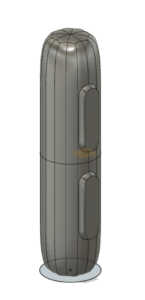
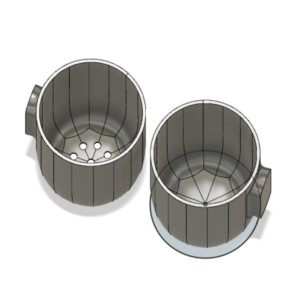
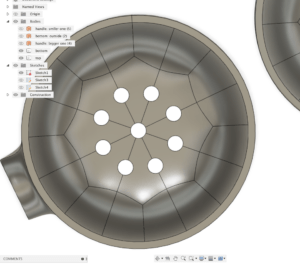
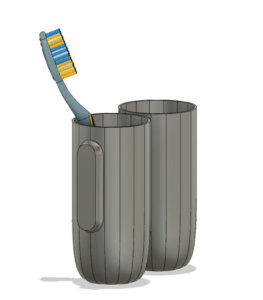
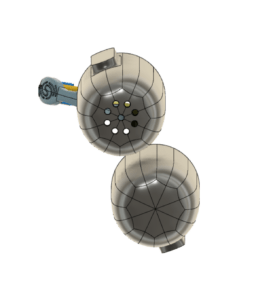
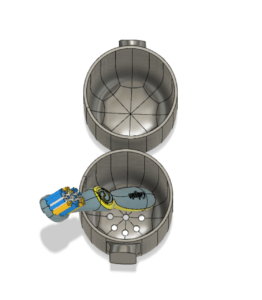
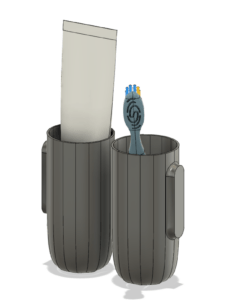
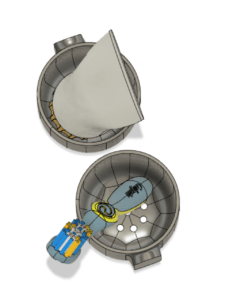
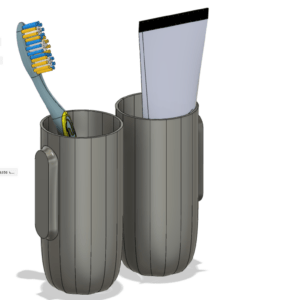
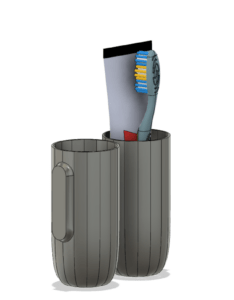
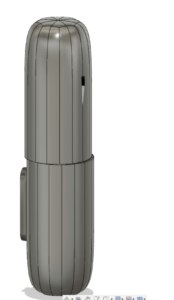
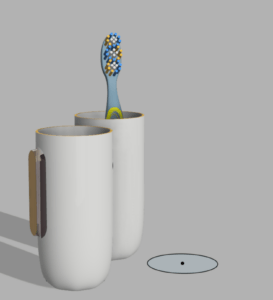
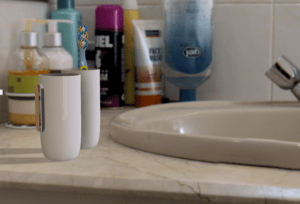
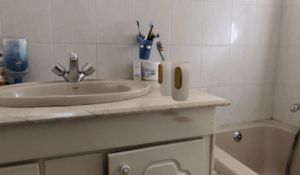
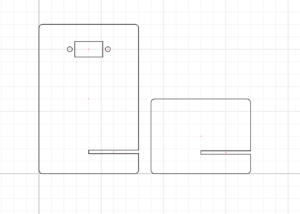 I was very confused why the gaps on the left down side of the parts were not on the same y-axis and checked the measurements like a 100 times. I sought for help and one of the fellows reassured me that it is alright. It indeed turned out to be alright (as I later saw how this benefited the stand). But yeah, this part went fairly quick.
I was very confused why the gaps on the left down side of the parts were not on the same y-axis and checked the measurements like a 100 times. I sought for help and one of the fellows reassured me that it is alright. It indeed turned out to be alright (as I later saw how this benefited the stand). But yeah, this part went fairly quick. 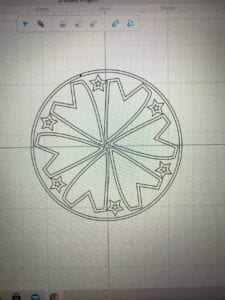
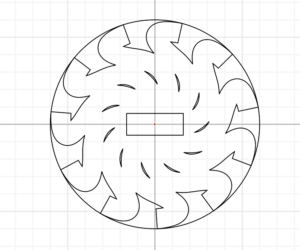
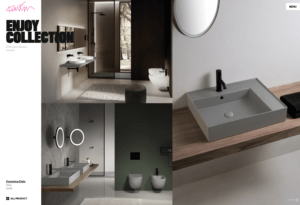
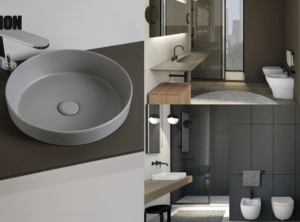 Maybe the reason is that I’ve been looking at a lot of interior designs lately and this matte texture and the appropriate color (from my perspective) was something that has drawn my attention. I just like matte stuff.
Maybe the reason is that I’ve been looking at a lot of interior designs lately and this matte texture and the appropriate color (from my perspective) was something that has drawn my attention. I just like matte stuff. 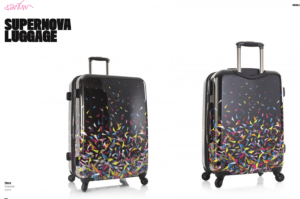 yeah. from my perspective it just looks ugly. It kind of fits into his aesthetics though (the patterns and the colors) however it just doesn’t appear nice to me. I would not buy this suitcase. plus, it is not very noticeable in the airport. I would expect a bright pink color (just from the perspective of functionality and his aesthetic).
yeah. from my perspective it just looks ugly. It kind of fits into his aesthetics though (the patterns and the colors) however it just doesn’t appear nice to me. I would not buy this suitcase. plus, it is not very noticeable in the airport. I would expect a bright pink color (just from the perspective of functionality and his aesthetic).